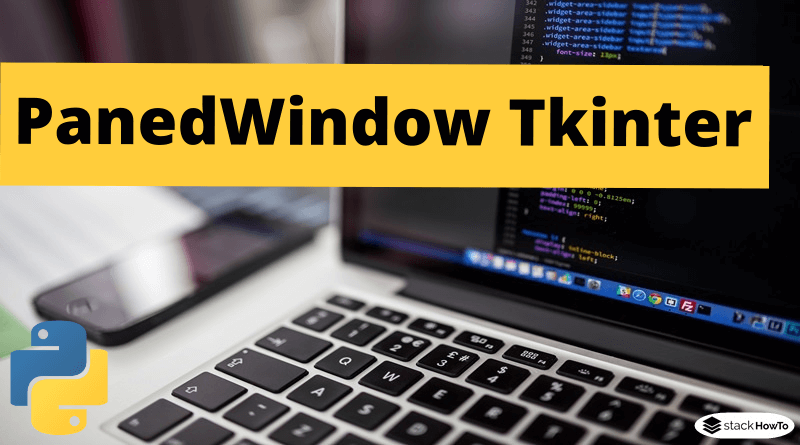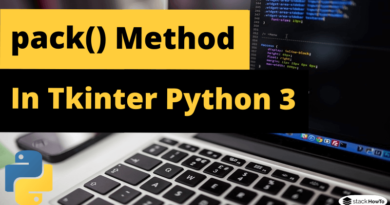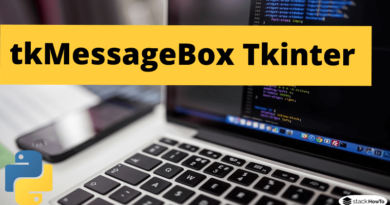PanedWindow Tkinter | Python 3
In this tutorial, we are going to see how to use PanedWindow in Tkinter. A PanedWindow is a container widget that can contain any number of panels, arranged horizontally or vertically.
The PanedWindow widget is a widget that can contain one or more child widgets (panes). The child widgets can be resized by the user, by moving the separating lines with the mouse.

Syntax:
Here is the syntax to create this widget:
pw = PanedWindow ( master, option = value, ... )
Parameters:
- master : This represents the parent window.
- options : See below for a list of the most commonly used options for this widget. These options can be used as comma separated key-value pairs.
Example: PanedWindow Tkinter
from tkinter import * pw1 = PanedWindow() pw1.pack(fill=BOTH, expand=1) left = Label(pw1, text="Left pane") pw1.add(left) pw2 = PanedWindow(pw1, orient=VERTICAL) pw1.add(pw2) top = Label(pw2, text="Top pane") pw2.add(top) bottom = Label(pw2, text="Bottom pane") pw2.add(bottom) mainloop()
Output:

PanedWindow options
| bd | Border width in pixels. The default value is 2. |
| bg | Background color. |
| borderwidth | Default value is 2. |
| cursor | The cursor that shows up when the mouse hovers over the window. |
| handlepad | Default value is 8. |
| handlesize | Default value is 8. |
| height | No default value. |
| orient | Default value is HORIZONTAL. |
| relief | The default value is FLAT. |
| sashcursor | No default value. |
| sashrelief | The default value is RAISED. |
| sashwidth | The default value is 2. |
| width | No default value. |
Methods:
Here are the commonly used methods for this widget:
| add(child, options) | Adds a child window to the window that contains the panel. |
| config(options) | Changes one or more widget options. If no options are given, the method returns a dictionary containing all current option values. |





